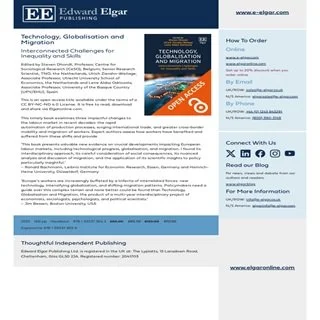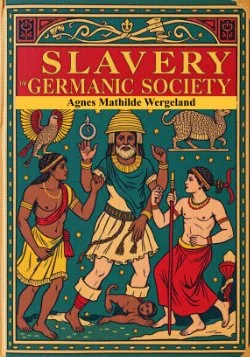By The Criminal Justice Alliance
This study seeks to expand on the limited evidence published to date on the experiences of Black, Asian and minority ethnic women prisoners3 (Buncy and Ahmed, 2014; Cox and Sacks-Jones, 2017; Prison Reform Trust, 2017). It aims to better understand and amplify the diverse experiences of Black, Asian and minority ethnic prisoners, including Gypsy, Roma and Traveller people, as well as foreign nationals, across the women’s prison estate in England. This report recognises that the survey respondents are not a homogenous group. They encompass various identities and ethnicities, resulting in a range of lived experiences, both between and within groups. The discrimination experienced by Black, Asian and minority ethnic prisoners held in women’s establishments is multi-layered, with intersectional identities: ethnicity, race, religion, social class, sexual orientation, nationality and gender. Intersectionality recognises that, as individuals are made up of several identities, they may experience multiple interwoven prejudices. For example, women may experience gendered discrimination, and women from minoritised communities could simultaneously face additional forms of discrimination. The findings in this report were gathered by interviewing and surveying individuals within the project’s scope. It presents their perception of (un)fair treatment and the extent to which the prison meets their cultural needs. It provides further detail on incidents of discrimination and the establishment’s response. It addresses the language barriers faced by those whose first language is not English. It also provides examples of positive practice and suggestions for future activities that raise awareness of cultural practices and celebrate religious traditions.
London: The Criminal Justice Alliance, 2022. 84p.












